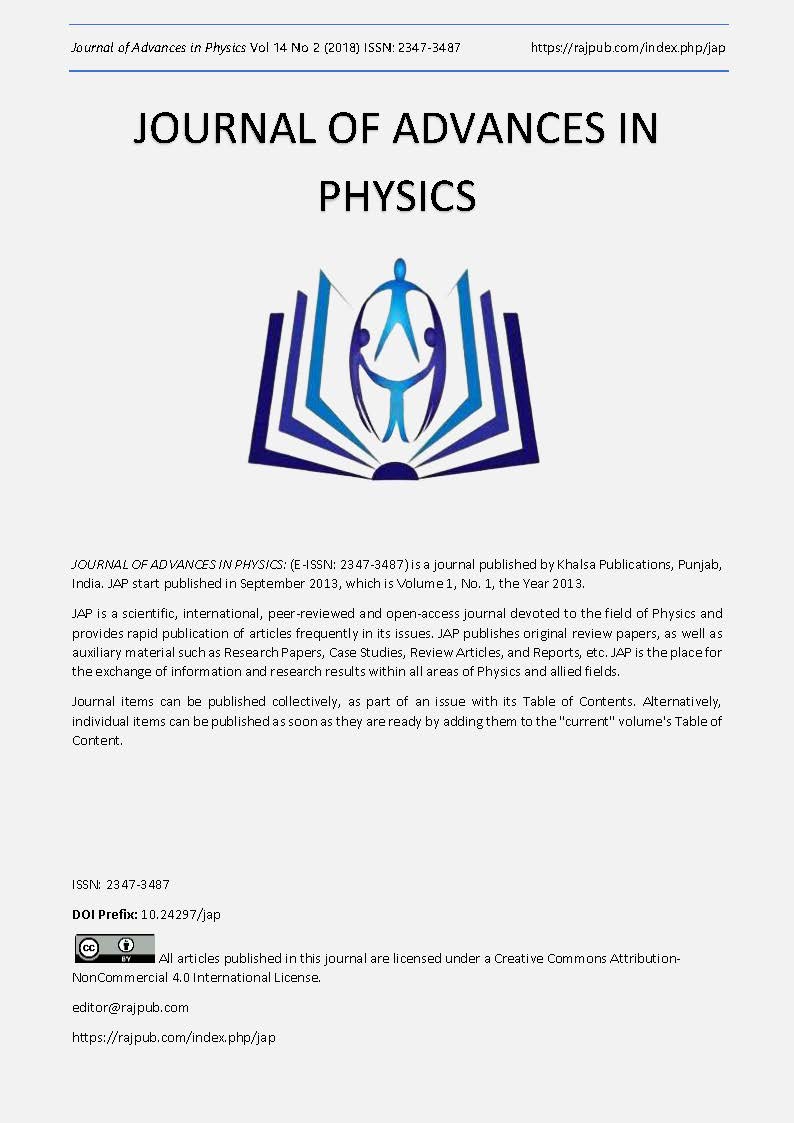Neutron Activation Analysis of Some Building Material
DOI:
https://doi.org/10.24297/jap.v14i2.7507Keywords:
NAA, XRF, Natural Radioactivity, Building Material, CementAbstract
Neutron activation analysis (NAA), based on the comparator method, has the potential to fulfill the requirements of a primary ratio method as defined in 1998 by the Comité Consultatif pour la Quantité de Matière — Métrologie en Chimie (CCQM, Consultative Committee on Amount of Substance — Metrology in Chemistry Studies of Neutron Activation Analysis (NAA) have been carried out on different Egyptian building material samples. The technique of neutron activation analysis is based on the measurement of radiation released by the decay of radioactive nuclei formed by neutron irradiation of the material. The most suitable source of neutrons for such an application is usually a research reactor. The samples that can be analyzed with this method stem from a number of different fields, including medicine, nutrition, biology, chemistry, forensics, the environment and mining. Neutron activation analysis can be performed in a variety of ways. This depends on the element and the corresponding radiation levels to be measured, as well as on the nature and the extent of interference from other elements present in the sample. Most of the methods used are non-destructive, based on the detection of gamma radiation emitted by the irradiated material after or during the irradiation. Next to education and training, neutron activation analysis is the most widely used application of research reactors. Almost any reactor operating at 10-30 kilowatt of thermal power is capable of providing a sufficient neutron flux to irradiate samples for selective applications of this analysis technique. Another method of NAA by using two Am-Be isotopic neutron sources of activity 5 Ci were used in this investigation. The accomplished gamma rays were measured using 70 % HPGe spectrometer. This work demand to estimate the elements contained in cement products and its quality control. X-ray Fluorescence (XRF) measurements were done for confirming our results, and for determining the average neutron flux of 3.7× 103 n/cm2sec. The Natural radioactivities of these samples were measured before the analysis to know the background level of 40K, 238U and232Th nuclei. The results investigated that NAA agree with the results of XRF and the world range of the cement concentration of the essential elements Ca, Al, Na, Fe, Mn, V, Sr and Si.
Downloads
Downloads
Published
How to Cite
Issue
Section
License
 All articles published in Journal of Advances in Linguistics are licensed under a Creative Commons Attribution 4.0 International License.
All articles published in Journal of Advances in Linguistics are licensed under a Creative Commons Attribution 4.0 International License.




